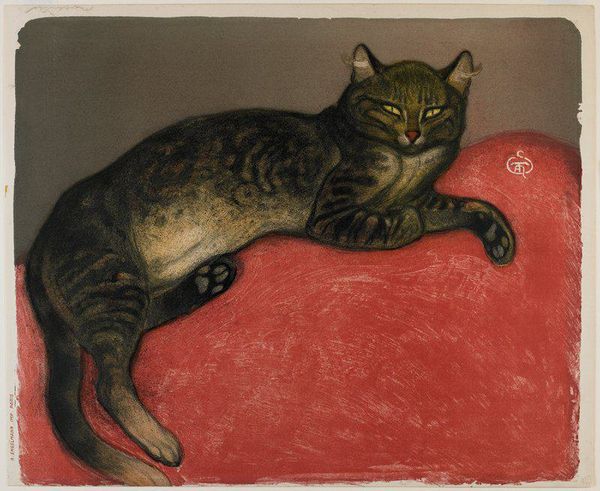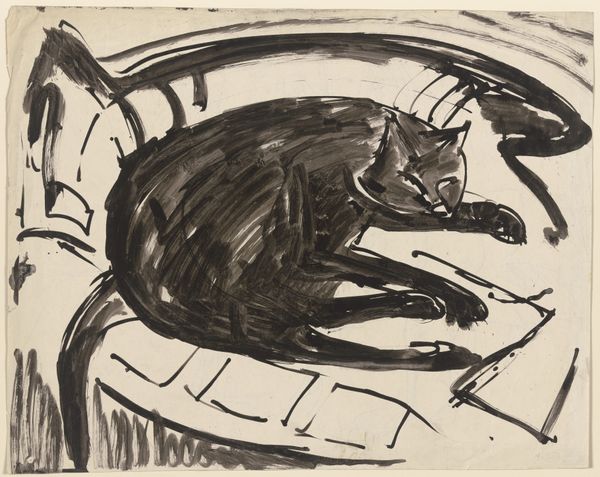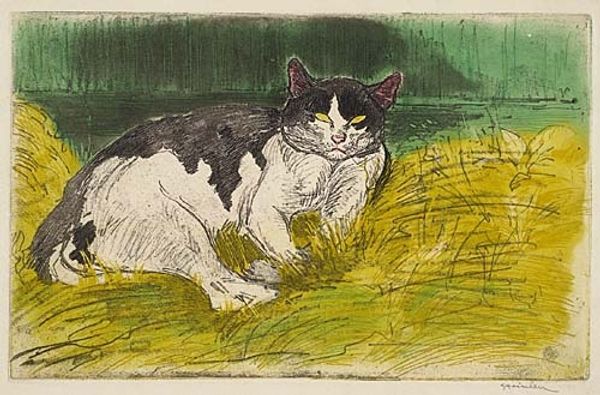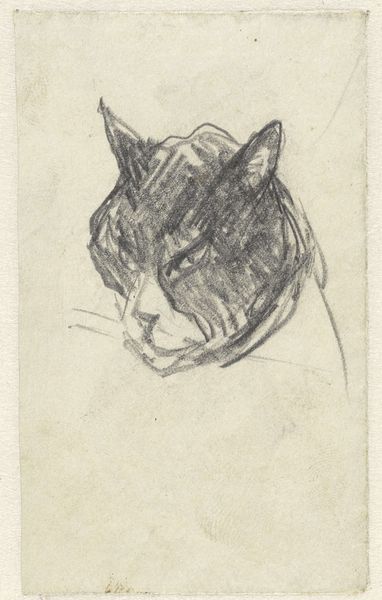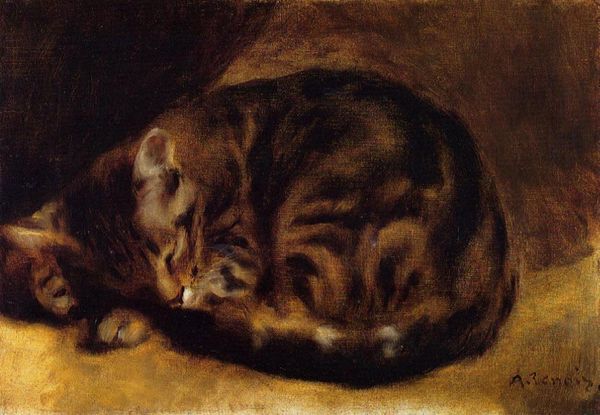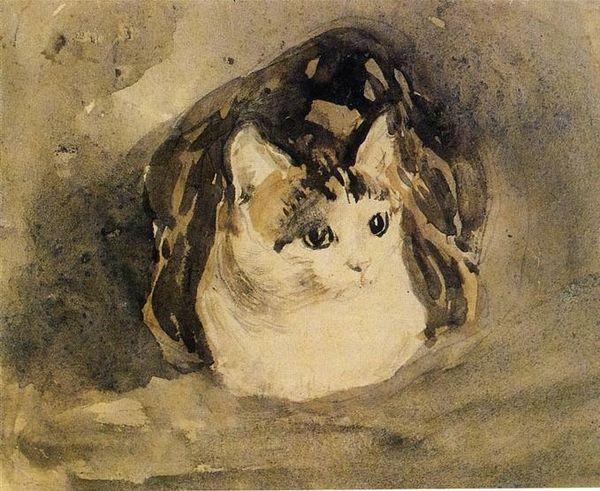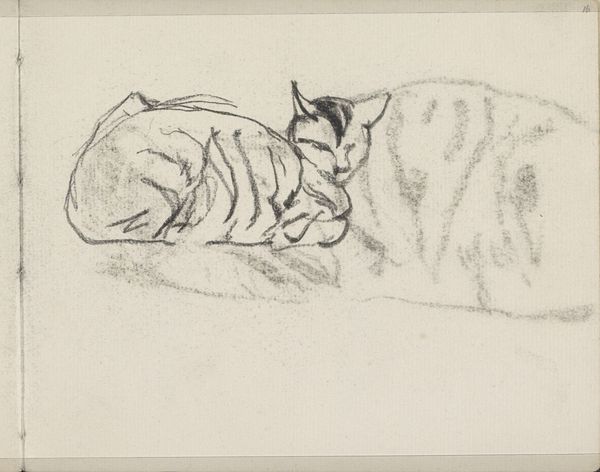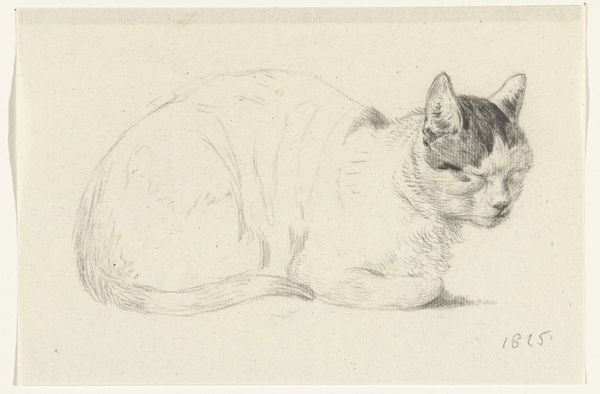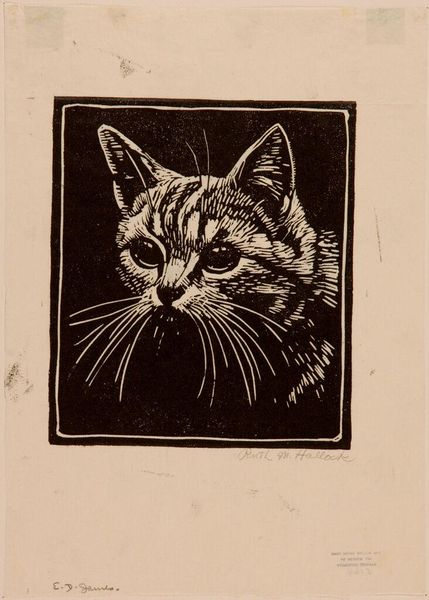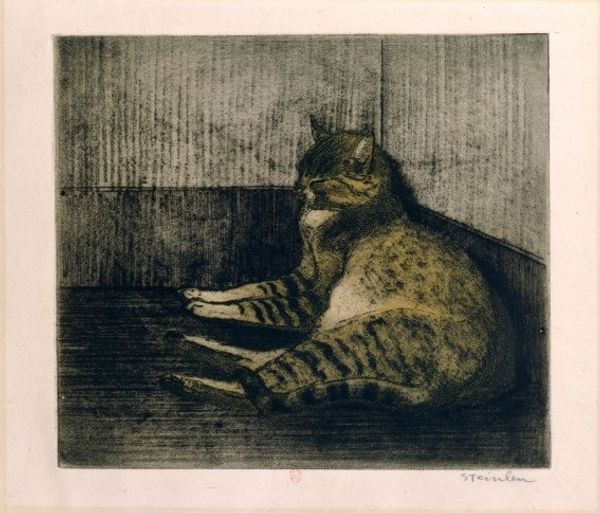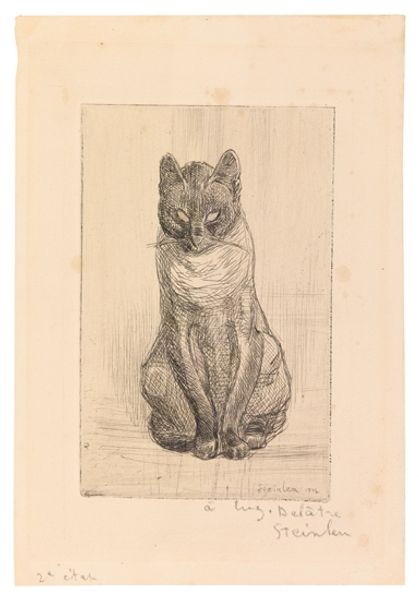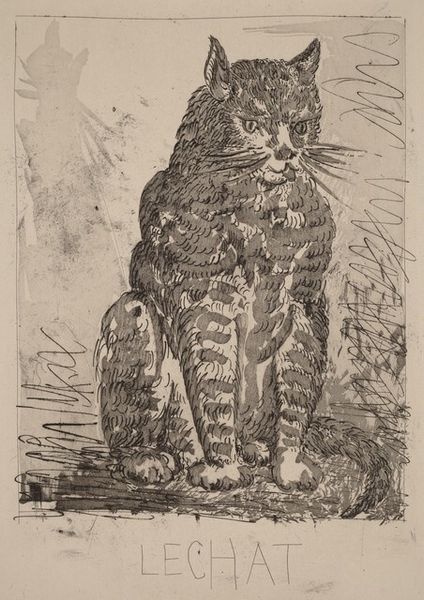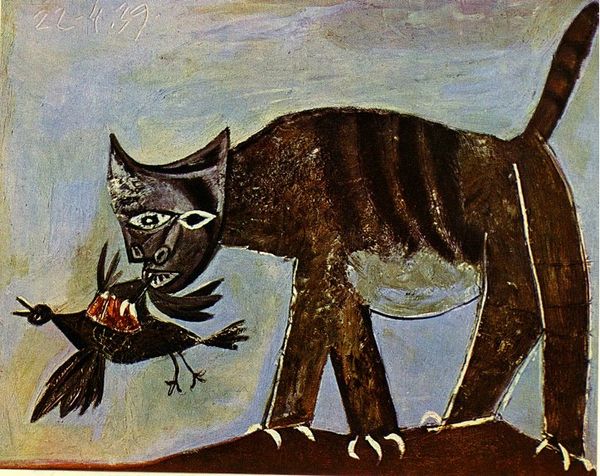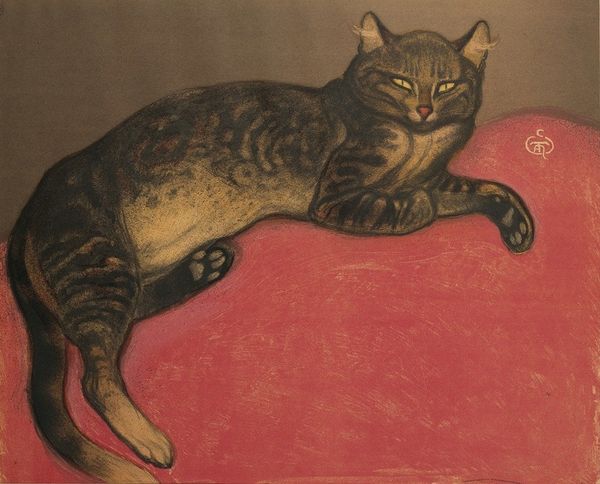
painting, oil-paint
#
portrait
#
animal
#
painting
#
oil-paint
#
oil painting
#
animal portrait
#
symbolism
Copyright: Public domain
What makes an artwork ‘good’? Is it the level of skill displayed by the artist? Is it the originality of the idea? Is it a combination of both, or something else entirely? 🖌️ For centuries, artistic tastes and standards were governed by official authorities such as the Royal Academies. These institutions were responsible for educating artists – however, they often reproduced traditional value systems and reinforced rigid definitions of ‘good art’. These standards typically celebrated the realistic art styles associated with the High Renaissance and the ‘Old Masters’… think Leonardo, Michelangelo, Caravaggio, Rubens! Today, art historians attempt to question this canonical timeline, and consider how it might relate to issues of race, gender, and class. 🎨🌎 Take a look at this oil painting, ‘The Tabby’ by Henri Rousseau (1844-1910). How does it subvert traditional academic expectations? 🤔 Rousseau was a self-taught artist whose work proved influential in the development of modern art, though his painting was not critically respected during his lifetime. His style is often categorised as ‘Naïve’. He incorporated childlike themes, simple compositions, and unrealistic perspective to build atmospheres that prioritised imagination and experimentation. As the title suggests, ‘The Tabby’ depicts a cat seated on a table. The animal is stocky and consists of thick, blocky strokes of colour. These bold brushstrokes create a sense of immediacy and presence. In its simplicity, this painting captures the energy and personality of the tabby cat that it seeks to represent. 🐈 So, what do you think? Why would this painting have been less respected in Rousseau’s lifetime? How might traditional values inform our tastes today? 👇💭 Editor: Lucy Jude Grantham
